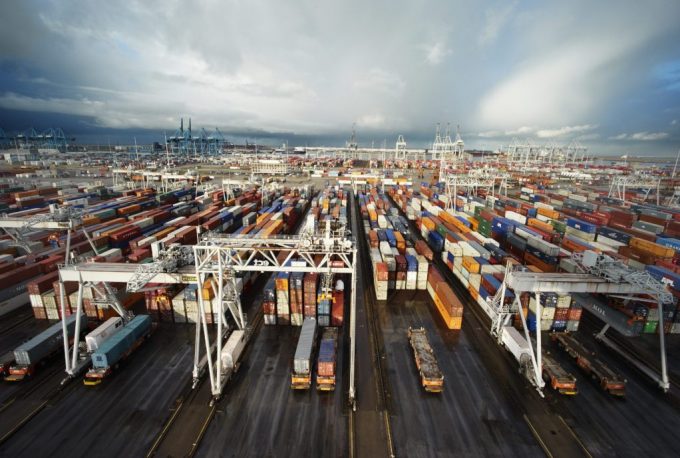De minimis-induced ecommerce demand slump could cripple freighter operators
The US’s considerable de minimis fee and tariff hike will “cripple the [air cargo] industry”, ...

There are tentative signs that soaring container spot rates may be coming to an end – early data this week suggests pricing may be beginning to level off.
Data released yesterday by Xeneta indicated that average spot rates from the Far East to the US East Coast increased 3.7% on 15 July, to $10,045 per feu, and spot rates into the US West Coast rose 2%, to stand at $8,045 per feu.
“While this means spot rates are up almost 150% on ...
Amazon pushes into LTL for small package fulfilment and UPS does a u-turn
New senior management for DSV as it readies for DB Schenker takeover
Volumes set to 'fall off a cliff' as US firms hit the brakes on sourcing and bookings
Asian exporters scramble for ships and boxes to beat 90-day tariff pause
Temporary tariff relief brings on early transpacific peak season
'Tariff madness' will prompt renegotiation of ocean shipping contracts
Response to tariffs by Chinese importers may see extra costs for US shippers
Forwarders 'allowing the fox into the chicken run' by supporting 'hungry' carriers

Comment on this article